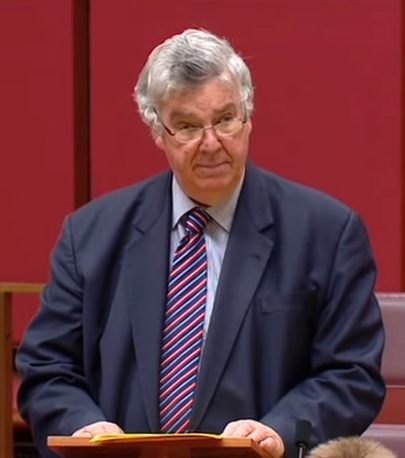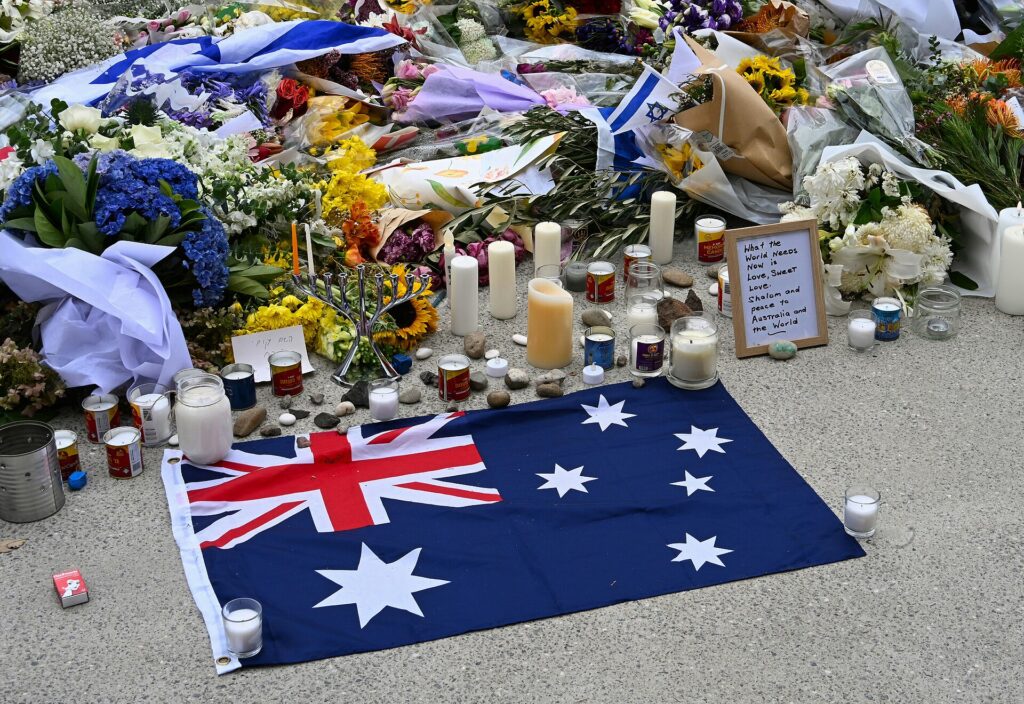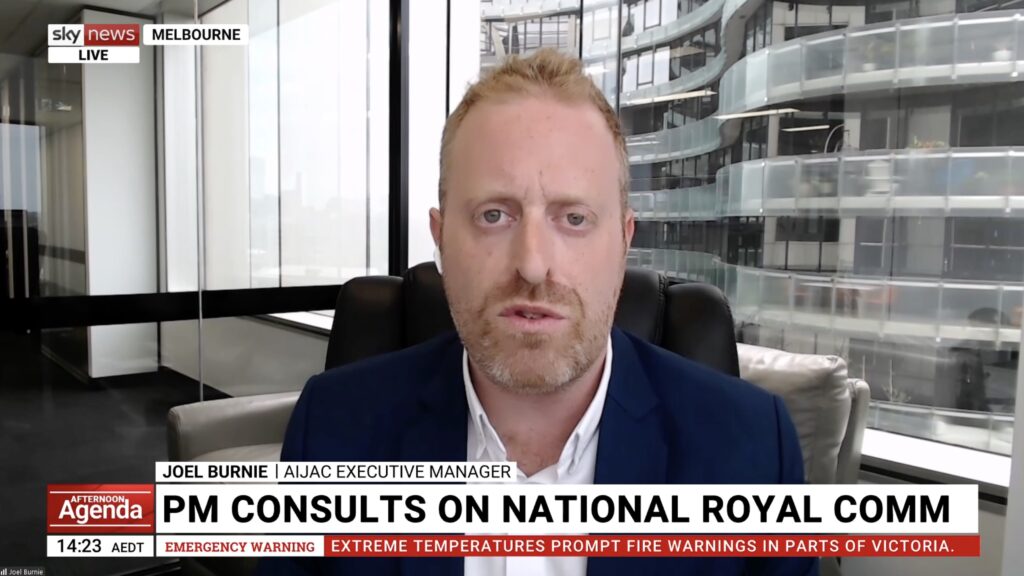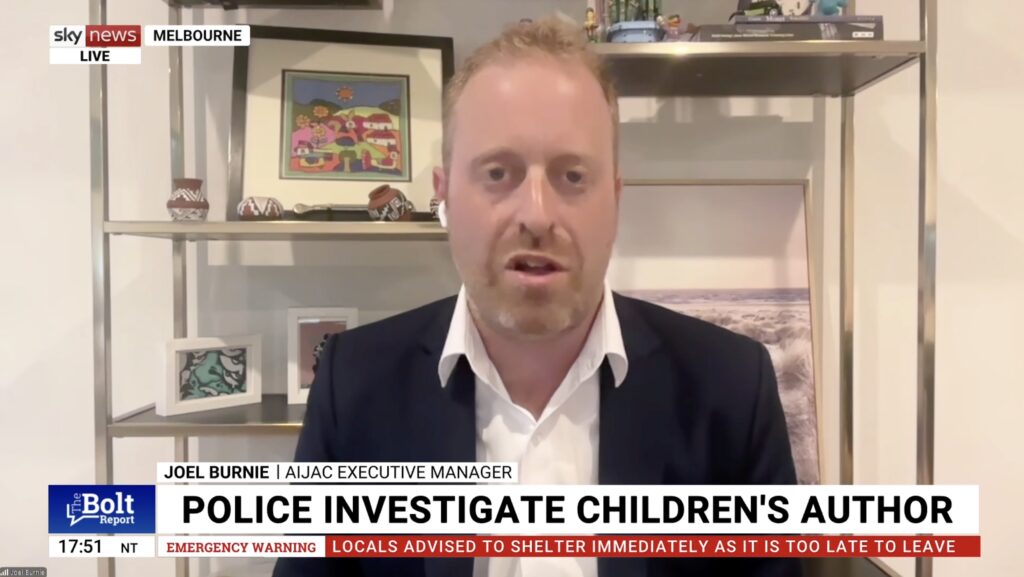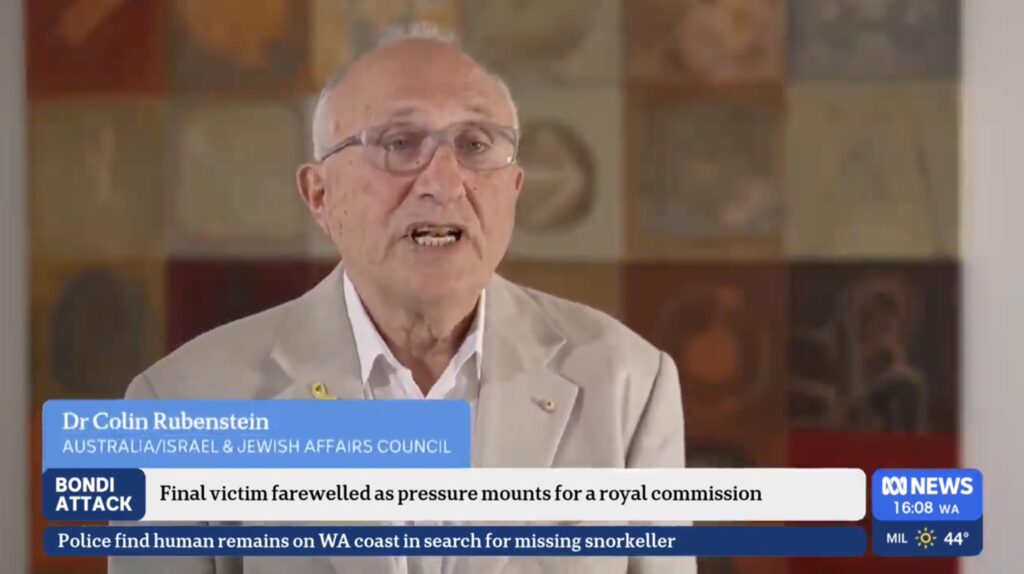IN THE MEDIA
Trapped in Gaza: How Hamas punishes reporters for the truth
July 31, 2014 | Gabrielle Debinski, Or Avi-Guy & Tzvi Fleischer
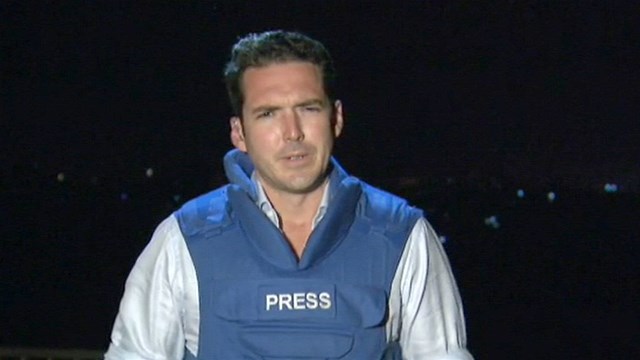
GABRIELLE DEBINSKI, OR AVI-GUY AND TZVI FLEISCHER
THE AUSTRALIAN – JULY 31, 2014
http://www.theaustralian.com.au/opinion/trapped-in-gaza-how-hamas-punishes-reporters-for-the-truth/story-e6frg6zo-1227007768903
HAMAS is not just targeting Israeli civilians, threatening Gazans and using them as humans shields.
It has another terror tactic: intimidating foreign journalists.
Journalists who have taken pictures of Hamas operatives preparing to shoot rockets from civilian structures and/or fighting in civilian clothing have been threatened by Hamas operatives and had their equipment confiscated.
Reporter Peter Stefanovic, of the Nine Network’s news, stationed in Gaza, received a surge of abuse and threats when he tweeted that he had seen rockets fired into Israel from near his hotel, in a civilian area.
Pro-Hamas tweeters said Stefanovic was “passing and fabricating information to Israel … from GAZA”. Another account wrote: “You are a cretin. Are you working for the IDF” and “in WWII spies got shot”.
John Reed, a reporter for Britain’s Financial Times, tweeted about seeing “two rockets fired toward Israel from near al-Shifa hospital (the largest in Gaza), even as more bombing victims were brought in”. He was also subject to threats and abuse.
The Wall Street Journal’s reporter Nick Casey fell foul of Hamas by reporting that Shifa hospital was Hamas’s control centre. On July 21, Casey posted a photo on Twitter of a chief Hamas spokesman being interviewed from a room in Shifa hospital in front of a makeshift backdrop of a photo of a destroyed house.
Casey tweeted the image with the caption: “You have to wonder (with) the shelling how patients at Shifa hospital feel as Hamas uses it as a safe place to see media.”
Almost immediately, Casey received a flood of online threats. Two days later, the tweet was deleted – yet pro-Palestinian Twitter accounts continued to attack Casey, including him on lists of “journos in Gaza (who) lie/fabricate info for Israel” and “must be sued for crimes”.
French-Palestinian journalist Radjaa Abu Dagga wrote that he was forcibly blocked from leaving Gaza and detained and interrogated by members of Hamas’s al-Qassam Brigade at a room in Shifa hospital next to the emergency room. His account of his treatment, in the French newspaper Liberation, also has since been taken down from the paper’s website at Dagga’s request.
His story highlights that reporters can be effectively trapped in Gaza, as Hamas makes it difficult to enter and leave areas under its control and that, while there, they are hostages to Hamas’s goodwill.
Italian reporter Gabriele Barbati tweeted on Tuesday: “Out of #Gaza far from #Hamas retaliation: misfired rocket killed children today in Shati. Witness: militants rushed and cleared debris.”
He was referring to a strike on Monday at al-Shati refugee camp which, together with a near-simultaneous hit on Shifa hospital, killed 10 people, including a number of children.
Israel vehemently denied responsibility and said it had proof via photos and radar that misfired Islamic Jihad rockets had caused the deaths.
In his tweet, Barbati backed up the Israeli version (the fast clean-up suggests a cover-up) – and implied that he would not have been free to say this had he been in Gaza.
Media coverage of the Gaza war also has been distorted by the use of biased statistics. Widely cited casualty figures for Palestinians, especially claims regarding the percentage of civilians, come from the Gaza Ministry of Health, which is under Hamas control. Some stories cite “UN figures”, but these simply repeat the ministry figures.
The Al Jazeera casualty list includes at least 33 to 42 duplicate names (according to different counts). Some of the names appeared with slight differences in spelling (yet the age and/or location confirm that it is the same person), some listed different locations (yet the name and age are the same). Among the duplicate names are children, listed as fatalities multiple times.
According to the Meir Amit Intelligence and Terrorism Information Centre, out of 775 fatalities analysed (as of July 23), 229 were militants or terrorists, 267 were civilians, and 279 could not yet be classified.
The Meir Amit centre examines each reported casualty’s background on Palestinian websites and looks for details about their funerals to determine their occupation and to confirm or rule out any affiliation with terror groups, giving much greater accuracy about whether the person was a civilian.
This is in contrast to reports about civilian casualties not only from the Gaza Health Ministry but also from human rights organisations (such as B’Tselem, the Palestinian Centre for Human Rights and al-Mezan), which often rely on biased Palestinian sources or plain naivety.
PCHR recently reported that: “At approximately 11.55 (Friday), an Israeli drone fired a missile at a number of Palestinian civilians in al-Zanna area in Bani Suhaila village. As a result, 2 civilians were killed: Mohammed Khalil al-Buraim, 25; and Mohammed Suleiman Hussein Sammour, 45”.
In fact, Mohammed Khalil Samour al-Buraim is being celebrated as a mujahed by the Abdel-Qader al-Husseini Brigades. He was apparently a rocket-launcher.
Reporting from Al Jazeera should also be treated with extreme caution. Al Jazeera is funded by the Qatari government, which financially and politically backs Hamas and hosts its leader, Khaled Meshal, in its capital, Doha.
This partisan role is widely reported in the Middle East, yet the ABC and SBS continue to rebroadcast Al Jazeera extensively when less partisan material is available.
Reporting from Gaza is dangerous and difficult.
But our media should acknowledge the extent to which intimidation and lack of verifiable, or independent, information limit the completeness of the picture that Australians are getting of the conflict.
Gabrielle Debinski and Or Avi-Guy are policy analysts at the Australia/Israel & Jewish Affairs Counci. Tzvi Fleischer is editor of the Australia/Israel Review, published by the AIJAC.
Tags: Media/ Academia

